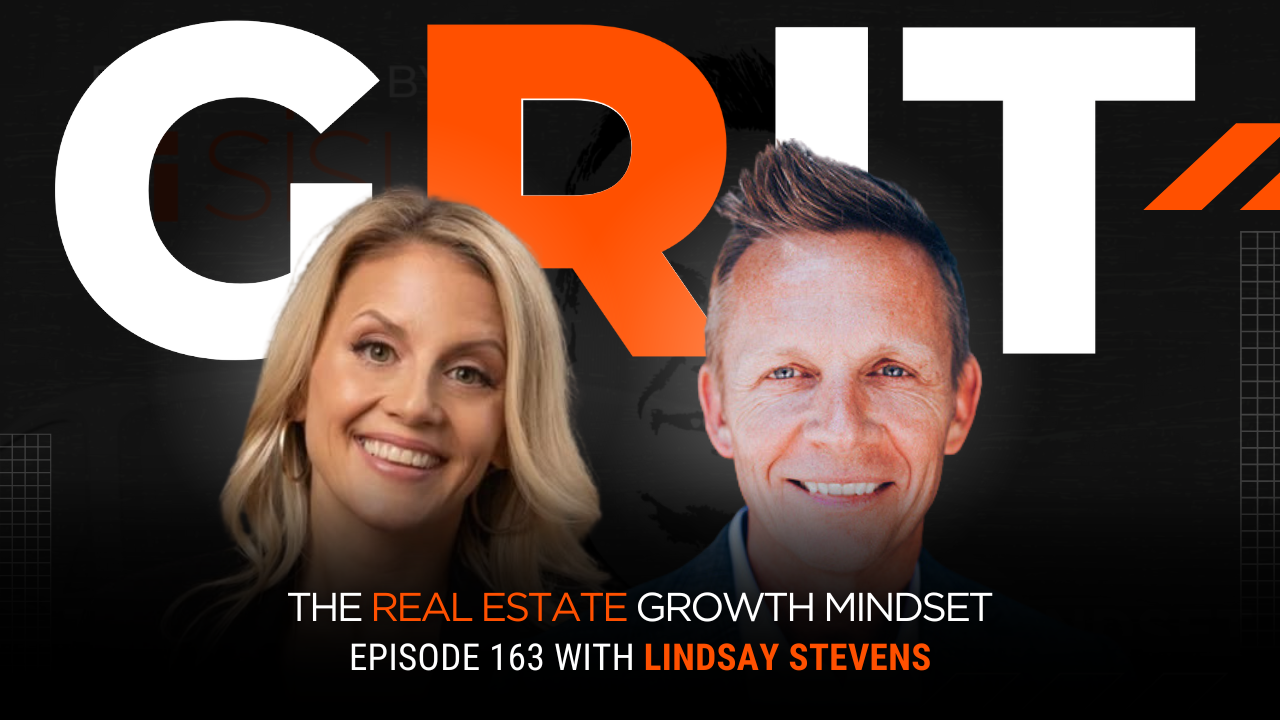As someone who spends most of their time creating real estate software that builds successful sales teams, I don’t spend much time trying to kill people’s motivation, however, if I did, I know exactly how I’d do it.
I’d use a to-do list.
I’d sit them down and have them start writing all the things that they need to do. I’d tell them to pile it all on there – wake up at 5 AM to go to the gym, eat a good breakfast, contact leads, fill out paperwork, pay the mortgage, buy the groceries, schedule an appraisal, sit in on a closing, etc. I imagine how the stress would build up, the hopelessness of getting it all done, and I’d know that their motivation has taken a serious hit.
Of course, my purpose is the opposite. I want salespeople to find what drives them and use that to achieve massive results – not write pointless to-do lists.
Have you ever noticed how there is NOTHING motivating about a list of things to do? Have you ever taken the time to write a to-do list at the start of the day, only to set it aside and never look at it again? I’ll admit that I have, but I won’t ever again. Hopefully you won’t either after reading this post!
Emotion Creates Action
It’s simple to understand why to-do lists alone don’t work. They take all of the emotion out of the actions, making it a simple, logical decision - “these are the things I have to do”. The problem is that, usually, we act for more emotionally than logically. While it’s good to make logical decisions, we need a more emotional influence to really tap into our drive, desire, and creativity. That’s why simply saying “do this” or “do that” won’t ever inspire anyone to act.
I’m not saying that to-do lists and calendars aren’t effective for organizing workloads and ensuring that we follow through on commitments - they are. The problem is that, out of context of our goals and reasons to act, they don’t provide much motivation. They just tell us what to do.
Imagine if you woke up every morning at 5AM with the thought “I have to go to the gym”. How often do you think you would actually get there?
Now, change the thinking. What if you woke up every morning and thought about the deep reasons WHY you want to go to the gym in the first place. You’d focus on your real wants and goals - for example, to be in the best shape of your life, to have the best abs on the planet, to feel great, to be able feel young to play with your kids in 30 years, etc. You’d be much more successful because these are emotional thoughts that inspire motion and action.
The first is like a to-do list. It’s out of context with your goals. It just tells you what to do, not WHY to do it. The second ties your goals, your emotions, and desires to the action, making it much more desirable to go out and actually do it.
Changing the Mindset
Everyone’s had a moment where they lacked motivation. Imagine you’re sitting at your desk, having a hard time moving. You could call a couple potential leads, but you could also watch funny videos on YouTube.
For me, this 3-step mental exercise gets things moving:
1. What’s your goal?
First, think of your goal. For example, say you’ve consistently made $90,000 each of the past three years, and want to move to the next level this year – you want to make $150,000. You’ve recalled your goal, but right now, it might as well just be a box to check off on your to-do list. It’s not going to get you moving.
2. WHY?
This is where you tie the goal to something that drives you – “I want to make $150,000 so that I won’t ever have to worry about paying the bills again” or “I want to make $300,000 so that I’ll be respected as one of the best agents in the state”. There could be many reasons why you’ve set the goal in the first place, and that’s a good thing. One “Why” could motivate you one day and a different one might be more effective the next. Whatever it is, it should tie back to your dreams and the things that really get you going.
3. Plan of action
Now that you’ve remembered what you want and why you want it, the next step is natural – take action! It’ll be a lot easier to pick up the phone and call leads when you see the action in context of your overall goal and purpose than if it is because you have to.
IMPORTANT – Understanding Your Goals and Process
In the example above, your goal would be irrelevant if you didn’t know how much you made last year and what you did to make that. How many leads did you contact last year? Did you receive any referrals? On average, how many buyers did you have under contract each month?
It’s important to understand that this process will fall on it’s face if you don’t actually achieve the goals you’re after. It might keep you motivated for a year, but you’ll face a setback next year if your extra effort doesn’t give you the results you’d hoped for.
By meticulously tracking your efforts and results, you’ll be able to set relevant goals that set you up for success. Sisu is the best real estate software for setting and tracking these types of goals. It helps you set great goals based on previous and relevant data and track your progress using key performance indicators in the mobile app. Gamification features make it fun to compete against other agents and dashboards give team leaders insights about their team’s performance. However, Sisu is more than just real estate software, it’s an accountability coach that helps agents set great goals and motivates them to achieve these goals - doing away with traditional to-do lists and other ineffective practices.











